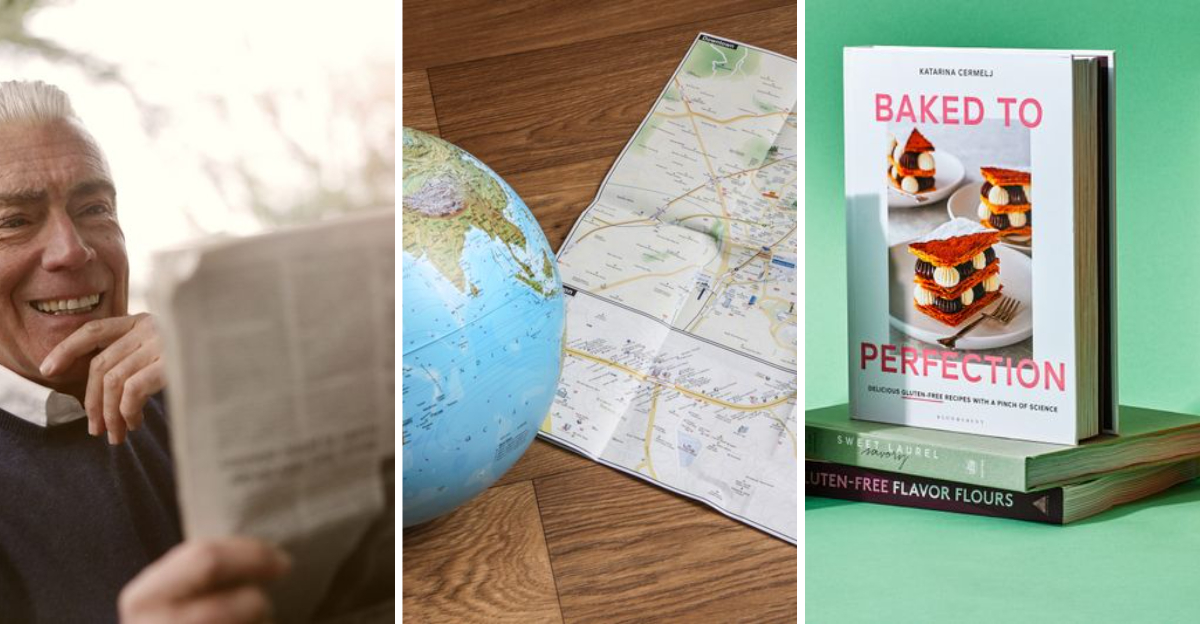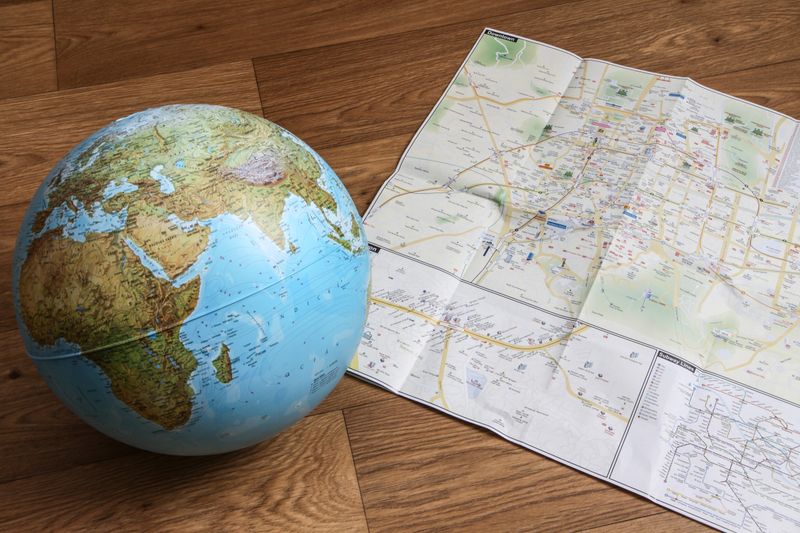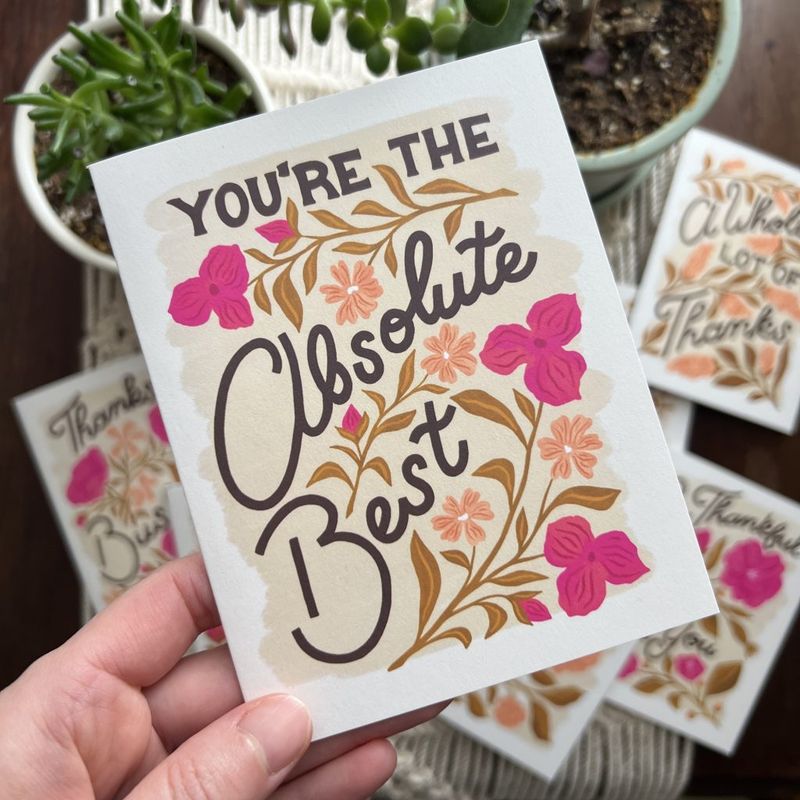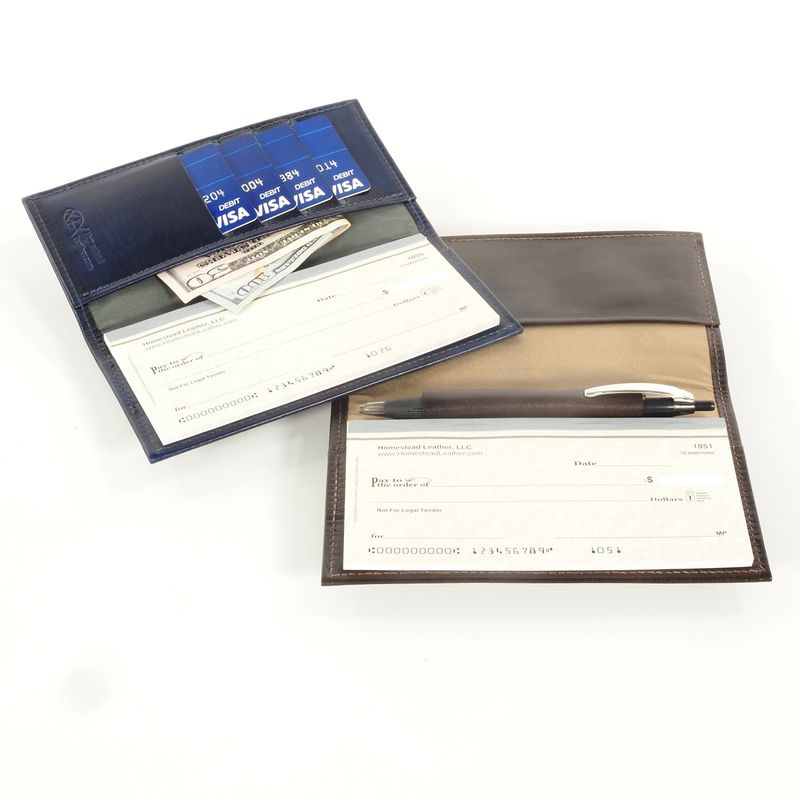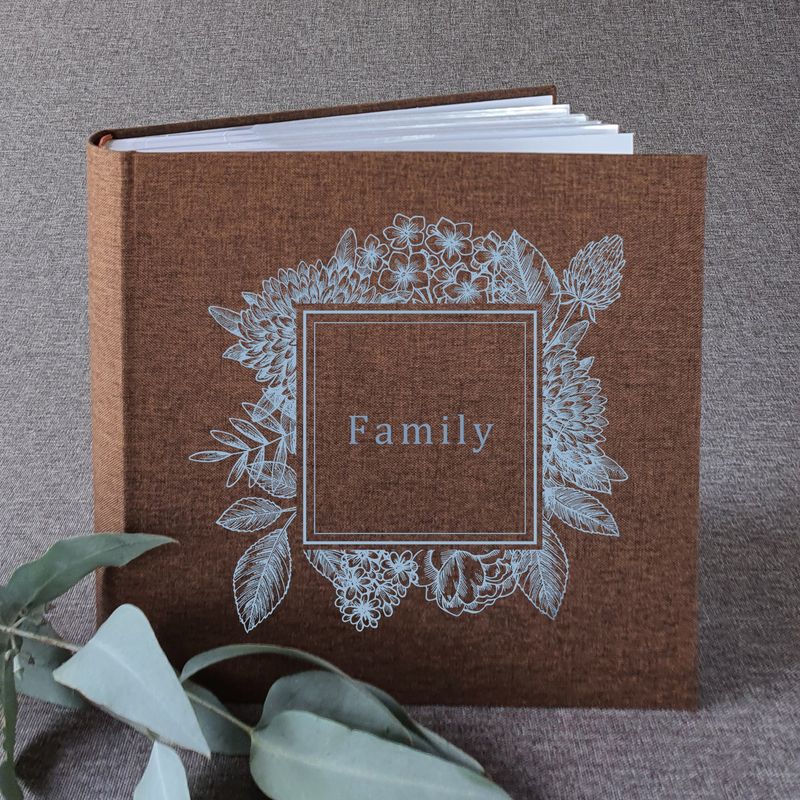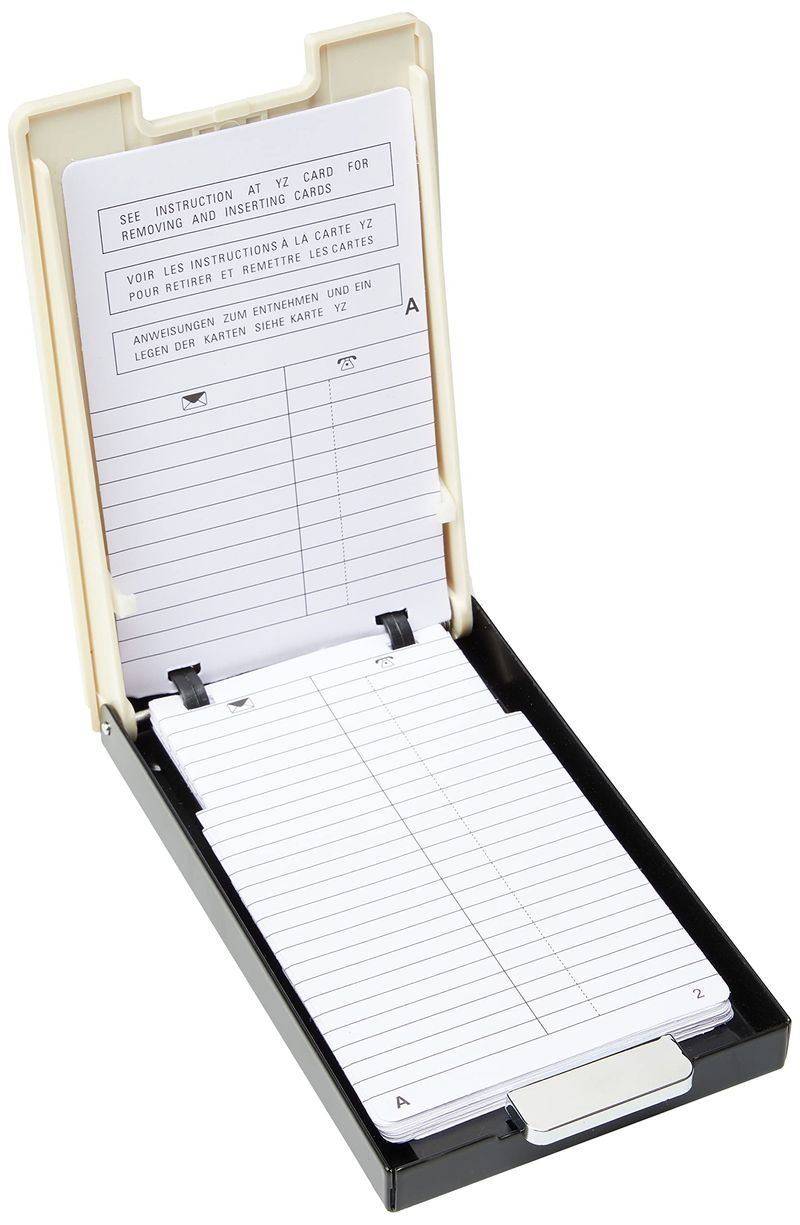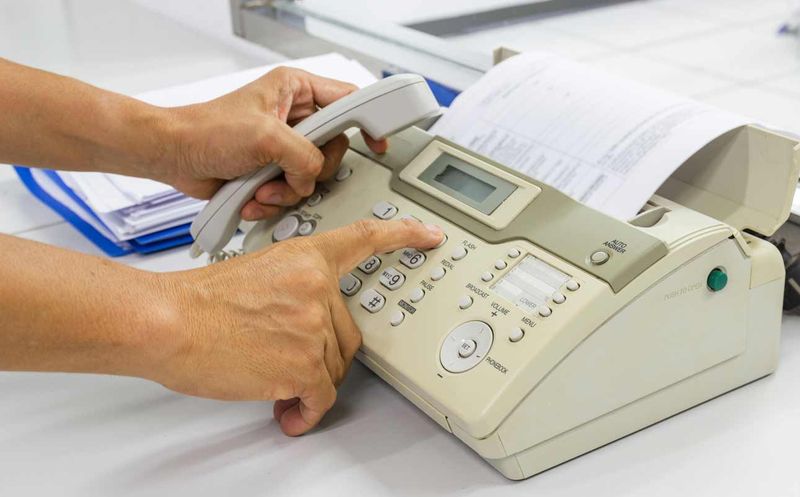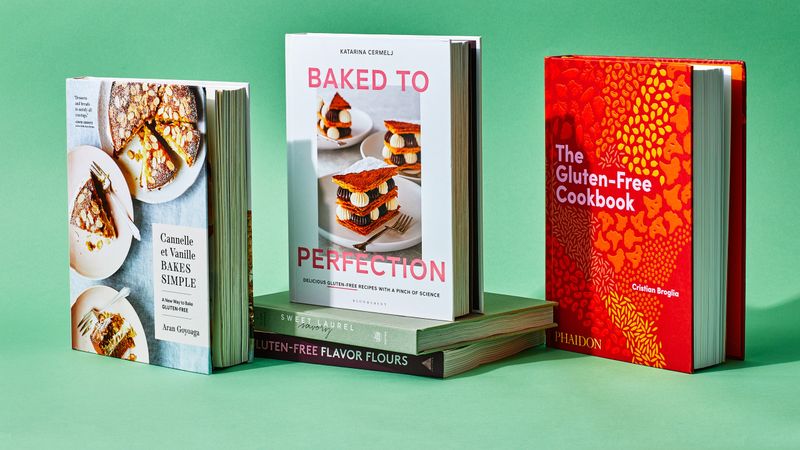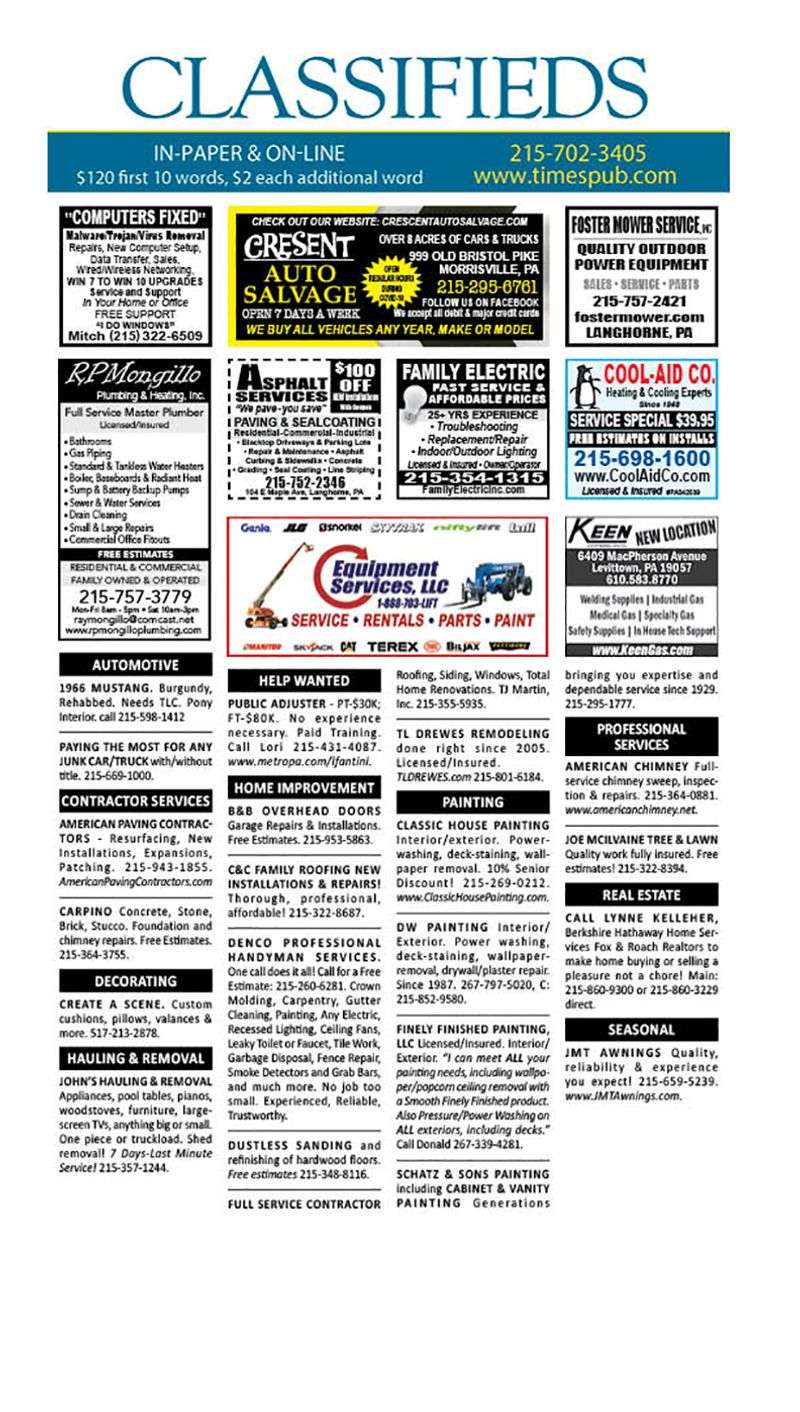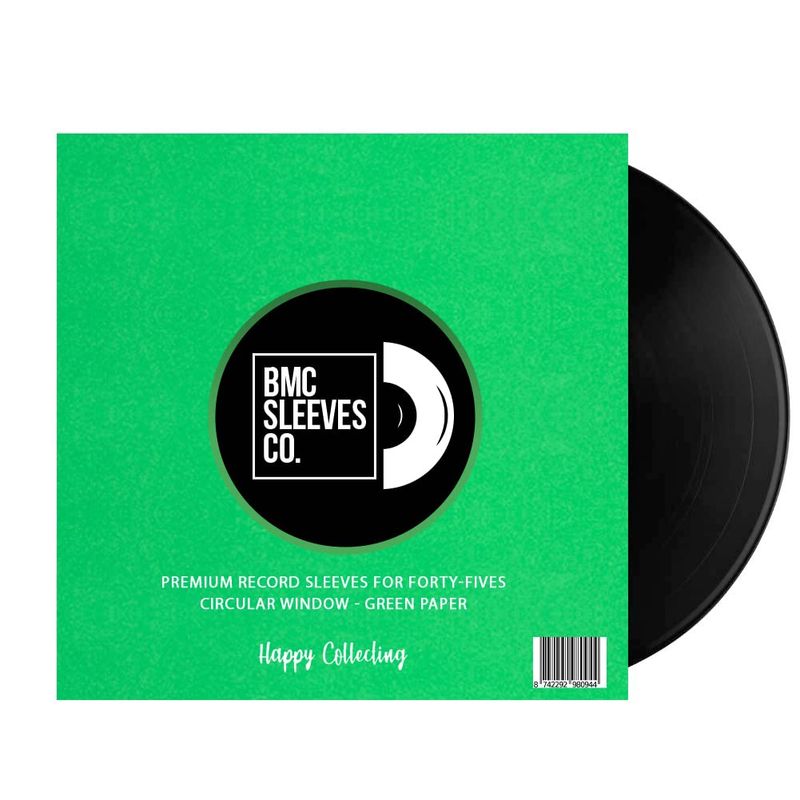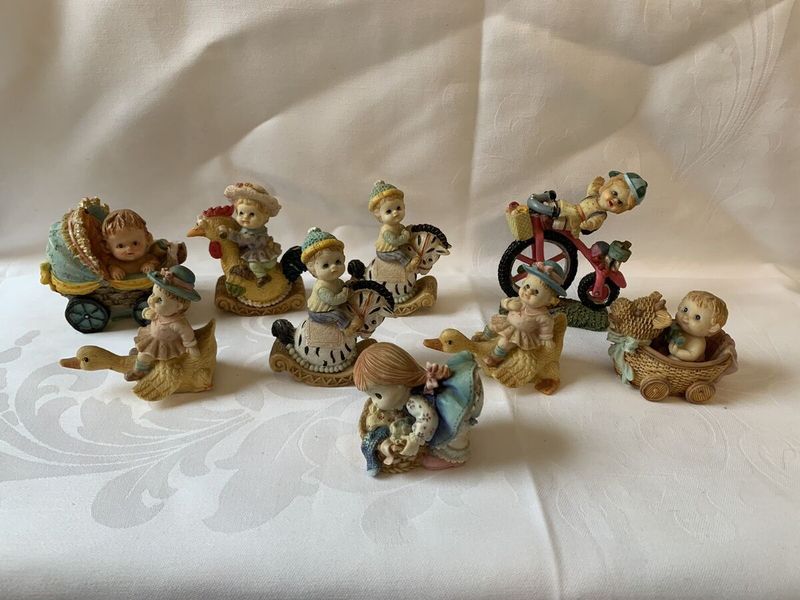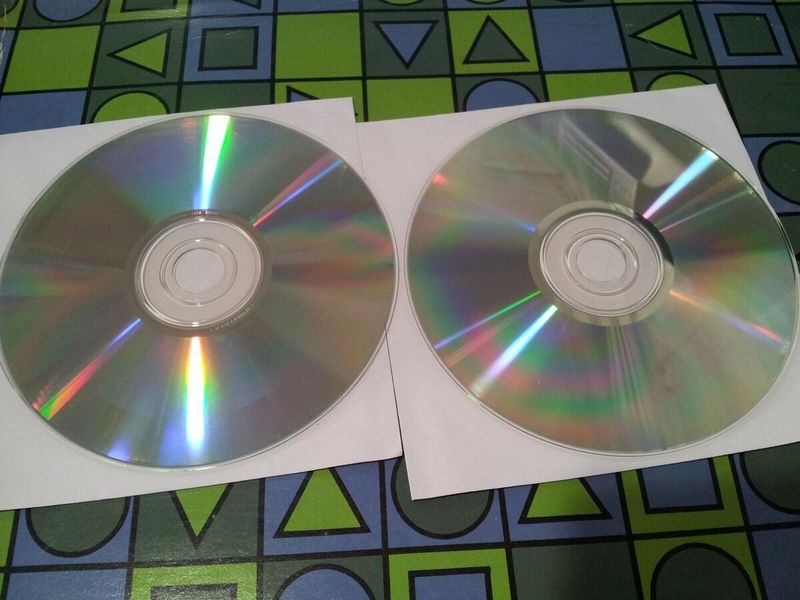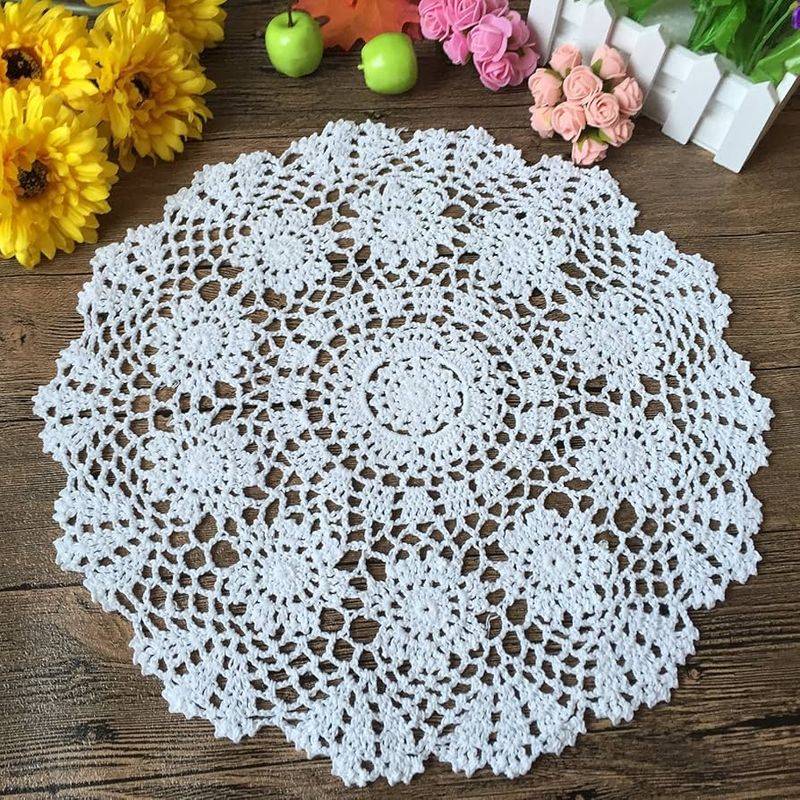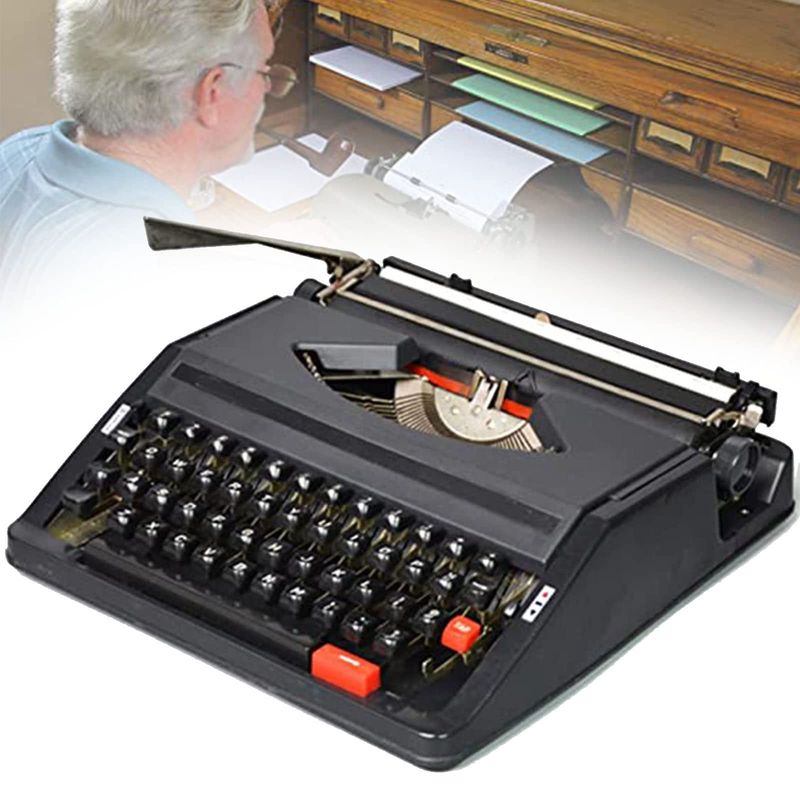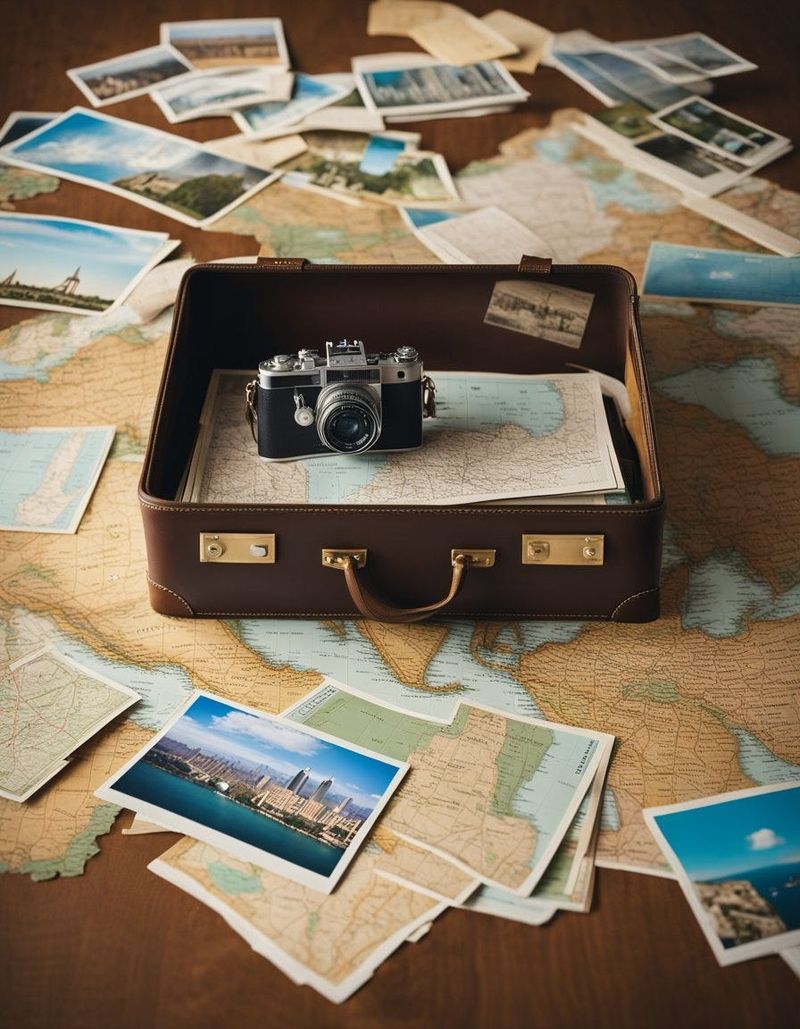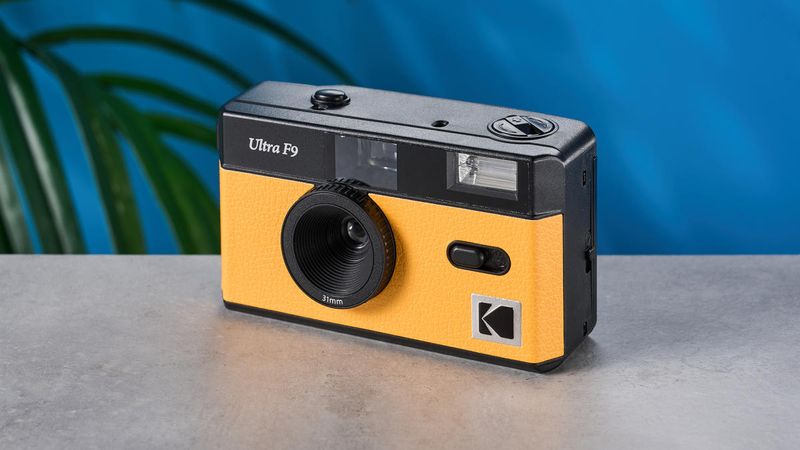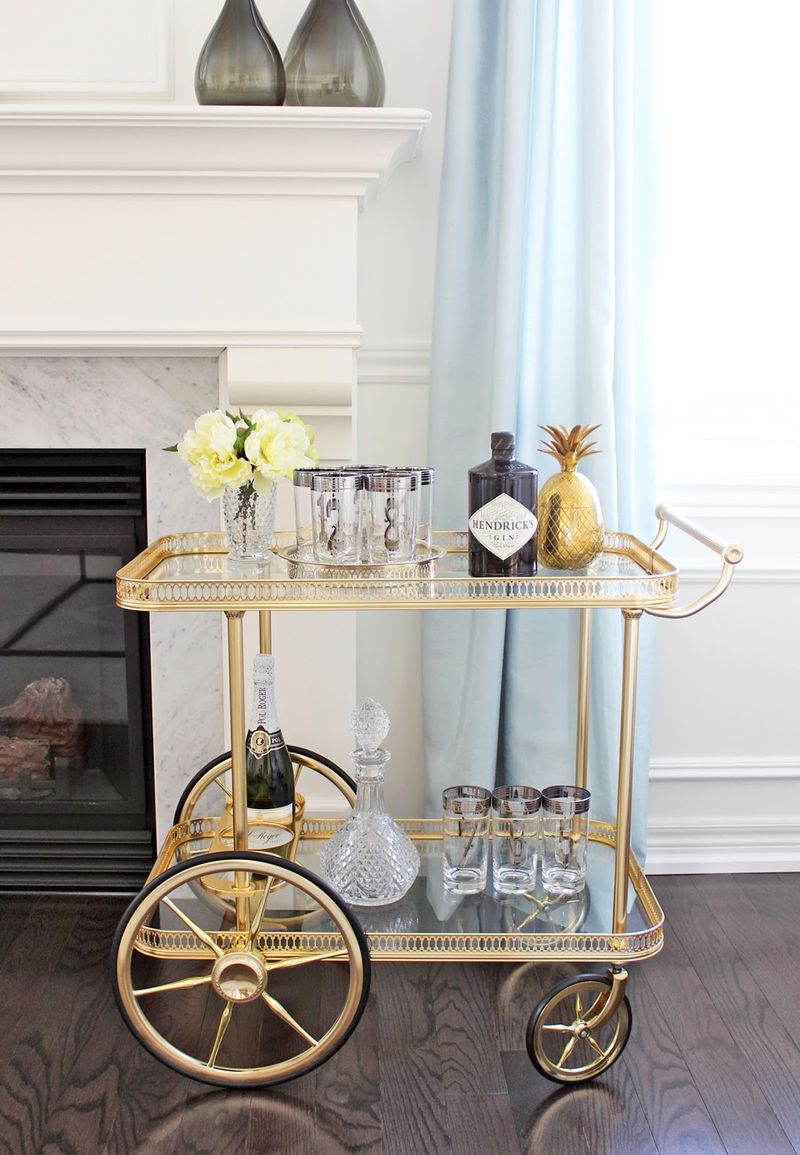The generational divide between Boomers and Millennials is often highlighted by the stark contrast in their preferred tools and gadgets.
While Boomers swear by their tried-and-true possessions, Millennials often opt for modern alternatives that align with their tech-savvy lifestyles.
This blog post explores 20 items that Boomers regard as essentials but Millennials wouldn’t touch with a ten-foot pole.
From analog devices to traditional habits, these items are emblematic of a bygone era and reflect the evolving preferences of younger generations.
1. Paper Maps
Paper maps once ruled the roads, serving as essential companions for road trips and daily commutes. Boomers learned the art of map folding and navigation, often marking routes with pencils. These maps evoke nostalgia for a time when getting lost was part of the adventure. However, Millennials, accustomed to GPS and smartphone apps, find paper maps cumbersome. The need for instant updates and convenience makes digital navigation tools preferable. While paper maps collect dust, they remain a symbol of exploration and discovery for those who cherish the tactile experience of mapping out a journey.
2. Cable TV
Cable TV once dominated home entertainment, offering endless channels and family movie nights. Boomers cherish the nostalgia of channel surfing and prime-time shows. Yet, Millennials, with streaming services like Netflix and Hulu, view cable as outdated. They prefer on-demand content, binge-watching their favorite series without commercial breaks. While cable TV remains a staple for Boomers, its high costs and lack of flexibility deter younger generations. As streaming technology evolves, the divide widens, highlighting differing entertainment preferences. For Boomers, cable TV represents a cherished ritual, while Millennials embrace the convenience of digital streaming.
3. Greeting Cards
Greeting cards hold sentimental value for Boomers, symbolizing personal connections and heartfelt messages. Handwritten notes convey emotions that digital messages can’t replicate. Boomers often store these cards, treasuring them as keepsakes. Millennials, accustomed to instant communication, prefer digital greetings, considering them eco-friendly and practical. The tradition of sending cards for birthdays or holidays feels antiquated to them. While greeting cards remain cherished by older generations, they struggle to find relevance among tech-savvy Millennials who prioritize convenience and sustainability. Despite this shift, greeting cards continue to evoke nostalgia for those who value personal touch.
4. Checkbooks
Checkbooks were once indispensable for transactions, offering a way to manage finances and pay bills. Boomers grew up balancing checkbooks, a skill they hold dear. However, Millennials rarely use checks, opting for mobile payments and online banking. The speed and ease of digital transactions make checkbooks seem outdated. While Boomers value the control and security checks provide, younger generations embrace technology for its convenience. The decline of checkbook usage marks a shift in financial habits, reflecting the rapid evolution of payment methods. Despite their decline, checkbooks remain a nostalgic reminder of financial responsibility.
5. Landline Phones
Landline phones were once the cornerstone of communication, linking homes and families. Boomers fondly recall the days of rotary phones and party lines. However, Millennials, reliant on smartphones, view landlines as antiquated. With mobile devices offering instant connectivity, landlines seem redundant. The lack of mobility and features makes them less appealing to tech-savvy individuals. Boomers cherish landlines for their reliability during emergencies, but the younger generation favors the versatility of mobile technology. As landlines fade from homes, they serve as relics of a time when communication was tethered to a single location.
6. Encyclopedias
Encyclopedias were once gateways to knowledge, housing vast amounts of information within their pages. Boomers remember using them for school projects and curious inquiries. However, Millennials, raised with the internet, find physical encyclopedias cumbersome. The speed and accessibility of online resources render them obsolete. While encyclopedias symbolize thorough research and credibility, digital databases offer convenience and up-to-date information. The transition from print to digital reflects the changing landscape of information consumption. Despite their decline, encyclopedias remain a testament to the pursuit of knowledge for those who appreciate traditional research methods.
7. Physical Newspapers
Physical newspapers were once integral to daily routines, delivering news to doorsteps every morning. Boomers grew up reading headlines over breakfast, cherishing the ritual of flipping through pages. Yet, Millennials, with smartphones in hand, prefer digital news platforms. The immediacy and customization of online news make print seem slow and limited. While physical newspapers evoke nostalgia for leisurely mornings, the demand for instant news and interactive content grows. Boomers hold onto this tradition, valuing the tactile experience of reading print, but younger generations embrace the dynamic world of digital media.
8. Photo Albums
Photo albums capture memories in a tangible form, preserving moments for future reflection. Boomers cherish these collections, recalling family gatherings and milestones. However, Millennials, favoring digital storage, use cloud services and social media to archive photos. The convenience and accessibility of digital albums make physical ones seem outdated. While photo albums evoke nostalgia for personal storytelling, the younger generation values the ease of sharing and editing digital images. Despite the shift, photo albums remain cherished heirlooms for those who appreciate the tactile connection to their past.
9. Address Books
Address books were once essential for keeping track of friends and family, storing addresses and phone numbers. Boomers relied on these books, often filled with handwritten entries and updates. However, Millennials use smartphone contact lists and social media, finding traditional address books unnecessary. The convenience of digital storage and instant updates make them more appealing. While address books evoke nostalgia for personal connections, the shift to digital reflects changing communication habits. Boomers may cherish the tactile nature of flipping through pages, but younger generations prioritize efficiency and integration with their devices.
10. Fax Machines
Fax machines were once vital for sending documents quickly, bridging distances in a pre-digital world. Boomers recall the distinctive sound of dial-up connections and receiving important faxes. However, Millennials find fax machines archaic, preferring email and cloud-based sharing for document transfer. The speed and accessibility of digital methods make faxing seem cumbersome. While fax machines symbolize a past era of communication technology, the shift to digital reflects the need for convenience and efficiency. Despite their decline, fax machines remain a nostalgic reminder for those who appreciate the history of office technology.
11. Cookbooks
Cookbooks were once kitchen staples, housing beloved family recipes and culinary tips. Boomers often passed these books down, cherishing the handwritten notes in margins. However, Millennials prefer online recipes and cooking apps, valuing convenience and variety. The ability to browse endless options and watch video tutorials makes physical cookbooks seem limited. While cookbooks evoke nostalgia for home-cooked meals and family traditions, the digital shift reflects changing culinary habits. Boomers may treasure these tomes, but younger generations embrace the flexibility of digital resources, altering the way recipes are shared and enjoyed.
12. Classified Ads
Classified ads were once the go-to for buying, selling, and job hunting. Boomers remember scouring newspaper columns for opportunities. However, Millennials use online platforms like Craigslist and LinkedIn, finding digital classifieds more efficient. The immediacy and reach of online ads make print seem outdated. While printed classifieds evoke nostalgia for a simpler time, the shift to digital reflects modern connectivity and access. Boomers may appreciate the tactile nature of reading ads over coffee, but younger generations prioritize the speed and ease of digital searches, transforming the way we find and share opportunities.
13. Vinyl Records
Vinyl records were once the pinnacle of music enjoyment, offering rich sound and tangible artistry. Boomers fondly remember collecting albums and sharing music with friends. However, Millennials, accustomed to digital streaming, often view vinyl as impractical. The convenience and variety of streaming services make physical records seem limited. While vinyl evokes nostalgia for album artwork and sound quality, the shift to digital reflects changing listening habits. Boomers may cherish the warmth of analog sound, but younger generations embrace the accessibility and personalization of streaming, redefining how music is consumed and shared.
14. Knick-Knacks
Knick-knacks, those small decorative objects found in many Boomer homes, are cherished for their sentimental value and the stories they represent. Each trinket often symbolizes a moment or relationship, making them invaluable to their owners.
However, Millennials tend to prioritize space and simplicity, preferring less clutter in their homes. The minimalist mindset emphasizes functionality over sentimentality, making the idea of holding onto numerous knick-knacks less appealing.
Despite this, a carefully selected few could serve as meaningful accents that tell personal stories without overwhelming the space.
15. Compact Discs (CDs)
Compact discs once revolutionized music, providing clear sound and portability. Boomers remember building collections and sharing albums. However, Millennials prefer digital music, using streaming platforms for instant access. The convenience and variety of digital libraries make CDs seem obsolete. While CDs evoke nostalgia for album artwork and physical collections, the shift to digital reflects evolving listening habits. Boomers may appreciate the tactile experience of handling discs, but younger generations prioritize the ease and versatility of digital music, transforming the way music is enjoyed and discovered.
16. Doilies
Doilies, with their intricate lace patterns, are often found adorning tables, armrests, and backs of chairs in Boomer households. These delicate decorations add a touch of elegance and craftsmanship, a nod to a bygone era of detailed home decor.
For Millennials, the idea of decorating with doilies seems outdated and unnecessary. The modern preference leans towards clean lines and open spaces, where such intricate items might feel out of place.
Nevertheless, incorporating a doily into a modern setting can create an interesting contrast, blending old-world charm with contemporary style.
17. Manual Typewriters
Manual typewriters were once the backbone of writing, offering a tactile and mechanical experience. Boomers recall the sound of keys striking paper, crafting letters and documents. However, Millennials find typewriters impractical, preferring laptops and word processors for writing tasks. The efficiency and functionality of digital tools make typewriters seem obsolete. While typewriters evoke nostalgia for the art of writing, the shift to digital reflects evolving communication needs. Boomers may cherish the simplicity and focus typewriters offer, but younger generations embrace the versatility of modern technology, redefining how writing is crafted and shared.
18. Travel Guides
Travel guides once served as essential companions for explorers, offering insights and itineraries. Boomers remember planning trips with these books, highlighting must-see spots. However, Millennials use digital apps and websites for travel planning, valuing real-time updates and reviews. The convenience and customization of digital tools make physical guides seem outdated. While travel guides evoke nostalgia for spontaneous adventures, the shift to digital reflects changing travel habits. Boomers may treasure the tangible experience of flipping through pages, but younger generations embrace the immediacy and adaptability of digital resources, transforming how travel is planned and experienced.
19. Film Cameras
Film cameras once captured life’s moments, offering a tactile and methodical approach to photography. Boomers recall the anticipation of developing film and flipping through photo albums. However, Millennials prefer digital cameras and smartphones, valuing instant feedback and editing options. The convenience and versatility of digital photography make film seem cumbersome. While film cameras evoke nostalgia for deliberate image-making, the shift to digital reflects evolving visual storytelling. Boomers may cherish the patience and craft of film, but younger generations embrace the accessibility and creativity of digital imaging, reshaping how memories are captured and shared.
20. Bar Carts
Bar carts were once the hallmark of sophisticated home entertaining for Boomers. These mobile beverage stations not only served a practical purpose but also conveyed a sense of style and hospitality.
In contrast, Millennials usually prefer more casual and versatile ways to entertain, often opting for multifunctional furniture that fits smaller living spaces. The bar cart, while charming, may seem like an unnecessary luxury in a minimalist setting.
Still, a well-stocked bar cart can bring a touch of elegance to gatherings, offering an opportunity to showcase personal taste and creativity in mixology.
